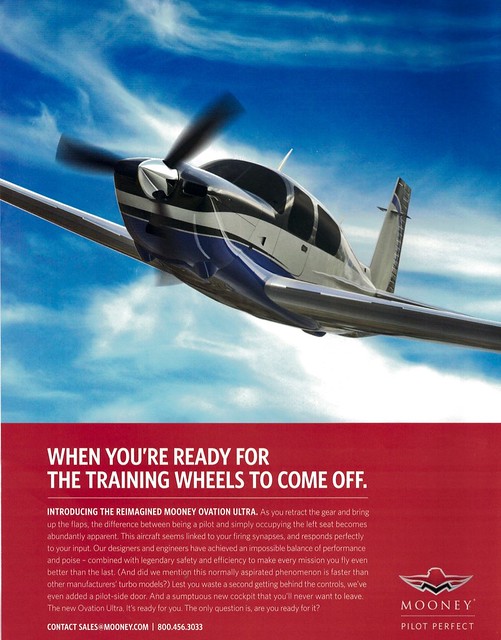I have a 1946 140 with the original gear, and no extenders. According to some, it should have been balled up years ago! Some instructors complained on the first year model, 1946, and Cessna helped make the rumor worse by making an optional wheel extender. This was a flat piece of metal that extends the axle forward I believe 3 inches. In my opinion, the extender is a waste of metal and should be removed from any plane that has them. I've flown 140s with and without them, and the ones with have a lot of unnecessary weight on the tail. This is a hot issue on the 120/140 forum and always will be. Some people like training wheels! In 1947 Cessna swept the gear forward, so you should NEVER see extenders on any plane other than a 1946. If so, it's not legal and will cause real issues with the plane.
I can tell you I don't use brakes often, but when I do I'm gentle, and make sure the yoke is back in my gut. This is true of all tailwheel planes though, so nothing unusual. Only once did I make the tail come up when braking and that was on purpose to see how easy it was to do. It wasn't that hard, but it wouldn't ever happen by surprise.


